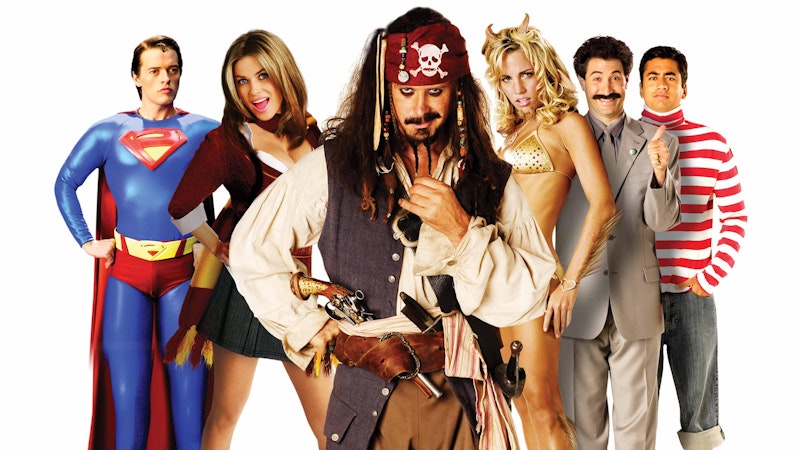The one thing popular American cinema has run on for over a century is the trend. More than genre, whatever’s been popular the last few years is what gets made in Hollywood. This is what causes the otherwise inexplicable “dual movie” phenomenon: Deep Impact and Armageddon; Red Eye and Flightplan; White House Down and Olympus Has Fallen; Dr. Strangelove and Fail Safe; Antz and A Bug’s Life; and all three farmer wife movies that came out in 1984 (Sissy Spacek won the Oscar). Hollywood really is a “small town,” and because these films spend years in development, a near simultaneous release of two remarkably similar movies is no stranger than the ripple effect on highway traffic when someone’s crashed miles ahead.
But what’s the trend now? When was the last time two heavily promoted major motion pictures came out within a week of each other? What about a month? A year? The “White House is under attack” movies were a decade ago. The only “trend” that exists in popular cinema today isn’t a trend at all, but a genre: the superhero movie. 2023’s event movies—Barbie, Oppenheimer, Sound of Freedom, The Super Mario Bros. Movie—recall a pre-MCU film world where stars came and went but genre remained the same. The commercial tentpole, the epic biopic, the controversial sleeper hit, and the hugely profitable animated kids’ movie flourished when Marvel’s neutered gallery of heroes clogged up theaters, sent too many people to streaming, and denuded what was left of a struggling film industry that still hasn’t adapted to digital production.
While I was writing this, someone texted, “Why are movies so bad now?” Besides social atomization, a diffuse verging on schizophrenic pop culture without any center, and an ever-dwindling economy, the process of lighting for film took a lot more time and almost always looks better. DV features in the 2000s were varied: a masterpiece (Bamboozled), fantastic (Dancer in the Dark), great (Collateral), very good (Inland Empire), decent (Tape), and awful (most mumblecore). But their low budgets and small crews were a selling point, the medium’s imperfections emphasized and fetishized. I don’t like most mumblecore movies, but all of them were trying something new, another part of film history, a new wave in American cinema in the mid-2000s. Even if I didn’t like it, it was proof of a healthy film culture.
There’s no creativity in today’s popular cinema. Revisiting American theatrical releases from the 2000s, I’m reminded of stuff like Date Movie and Epic Movie that I once brushed off just as I avoid joining TikTok today. And watching them for the first time in 2023, it’s even more depressing seeing how much more in tune with contemporary pop culture these films were than anything in theaters today. Barbie is six years too late, Christopher Nolan’s triumph is yet another period piece from a “modern master,” but Sound of Freedom could be the conservative Fahrenheit 9/11, which I doubt many Republicans saw in 2004 before voting for Bush, just as Jim Caviezel’s independent right-wing hit will never be fully covered on MSNBC or CNN.
If the MCU does fade away, trends will return to movies, only because they have to.
—Follow Nicky Smith on Twitter: @nickyotissmith

